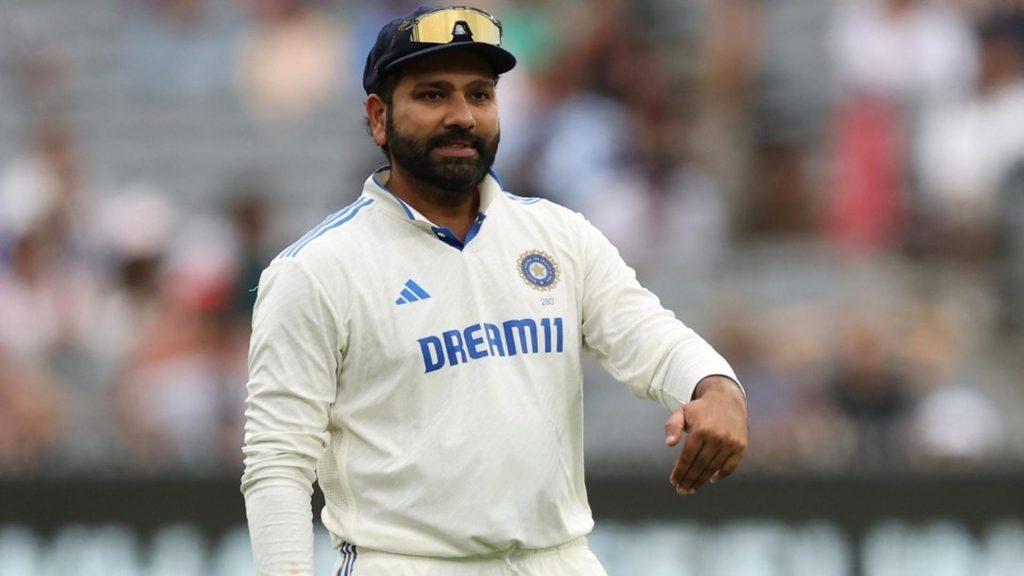
Under the leadership of Rohit Sharma, India’s results in Test cricket have not been satisfactory, raising the question of whether his limited leadership options will lead him back to the role in England.
Over less than a year, Indian cricket has experienced both triumph and introspection. With the addition of two ICC titles in quick succession, the team has enjoyed success following a long victory drought. The shift towards a more aggressive and tactically evolved white-ball format has started to pay off, lifting a decade-long jinx.
However, amidst this success in limited-overs formats, India’s traditional strength in Test cricket appears to be faltering. Their clear identity in white-ball cricket has not translated into Test matches, resulting in alarming recent performances.
Rohit Sharma, who leads the team across formats, has seen his limited-overs success contrast sharply with his Test form. After a promising fifty against New Zealand, he has recorded only 68 runs in his last five Tests, averaging just 7.55. His decision to “opt out” of the final Test in Australia raised questions about his place in the Test setup.
The concern over Rohit’s performance may be exacerbated by his age, as he nears 38. His reflexes seem to be diminishing, impacting his performance in a discipline that favors patience and fortitude. With India failing to secure any Test victories under his captaincy in the last six matches, it marks a considerable decline from a period earlier in his tenure.
Who Will Lead Next?
With a challenging five-match Test series against England approaching, India faces a pivotal decision: stick with Rohit, who has struggled, or explore new leadership. The lack of viable alternatives complicates this decision. India’s vice-captains over the last few series include Jasprit Bumrah, KL Rahul, Ajinkya Rahane, and Rishabh Pant, but none have established themselves as consistent leaders.
Young players like Shubman Gill are emerging as long-term options, yet introducing them in the challenging conditions of English Tests might be seen as a leap of faith. The absence of a solid leadership plan is evident, leaving many to wonder if the Board of Control for Cricket in India (BCCI) will opt to retain Rohit as captain, anchored by necessity rather than confidence.
India’s history boasts a defined leadership structure, which now seems lacking. Without a clear deputy to inherit Rohit’s role, any transition risks being haphazard. As India prepares for upcoming challenges, they must strategically develop future leaders while grappling with the decision of whether to persist with a captain who is no longer at his peak.



